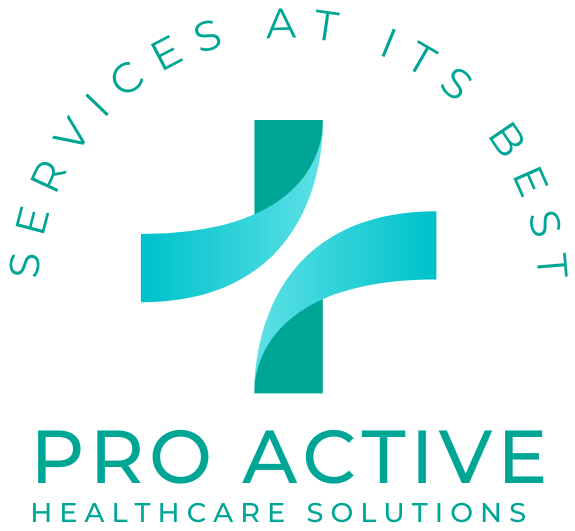
Mastering MIPS: Strategies to Boost Your Score in 2024
As a healthcare provider, how are you adjusting to the constantly changing MIPS reporting landscape? It is the beginning of the 2024 reporting year, so now more than ever, you need to understand MIPS as we do at PHCSS, to maximize your rewards and stay out of trouble. We will go into practical methods in this blog to raise your MIPS score and improve your performance in 2024.
Understanding MIPS Reporting
A program called MIPS, or the Merit-based Incentive Payment System, was created by the Centers for Medicare & Medicaid Services (CMS) to encourage healthcare providers to offer high-quality care. Performance in four areas determines a MIPS score: Quality, Cost, Improvement Activities (IA), and Promoting Interoperability (PI).
Goals of MIPS reporting
Here are some goals of MIPS reporting.
- Quality improvement: By providing providers with incentives to provide high-quality care that improves patient outcomes, MIPS reporting seeks to promote improvements in healthcare quality. MIPS pushes clinicians to embrace evidence-based practices, improve clinical processes, and prioritize patient safety by putting a strong emphasis on quality measurements and performance targets.
- Accountability and transparency: By making performance information for participating providers publicly available, MIPS encourages accountability and transparency in the healthcare industry. MIPS encourages healthcare providers to strive for excellence in care delivery and gives people the power to make educated decisions about their providers by making performance scores and outcomes publicly available.
- Interoperability and health information interchange: To promote smooth health information interchange, MIPS supports the implementation and meaningful usage of interoperable health IT systems. MIPS attempts to facilitate better clinical decision-making, increase data exchange among providers, and improve care coordination by fostering interoperability.
- Cost-reduction and resource efficiency: MIPS integrates cost measures to support resource utilization and care delivery that is both economical and efficient. MIPS attempts to lower overall healthcare spending and increase the affordability of care for consumers and payers by rewarding providers for providing high-value care while eliminating needless expenses.
- Practice transformation and innovation: By providing providers with incentives to participate in quality-enhancing initiatives that result in significant organizational change, MIPS promotes practice transformation and innovation. Through their involvement in care coordination, patient engagement, and population health management, providers can improve workflows, adjust to changing healthcare demands, and improve the quality of care they give.
- Alignment with value-based treatment: By compensating providers for providing high-quality, cost-effective treatment, MIPS is in line with the movement toward value-based care. MIPS promotes clinicians to concentrate on outcomes, patient satisfaction, and population health management by switching from volume-based reimbursement to value-based incentives, thereby enhancing the total value proposition of healthcare delivery.
Key strategies for maximizing your MIPS score
- Quality measures selection: Choose quality measures that align with your practice goals and patient population. Regularly review measure specifications and performance benchmarks to ensure accurate reporting and optimal performance.
- Data accuracy and completeness: Accurate and complete data are essential for MIPS reporting success. Implement robust data capture and documentation processes to capture all relevant patient information and measure outcomes effectively.
- Encouraging Interoperability (PI): To satisfy PI criteria and improve the sharing of health information, make use of certified EHR technology. To increase your PI score, concentrate on features like electronic prescription, health information exchange, and patient participation.
- Improvement activities (IA): Take part in worthwhile improvement projects that target particular areas where your practice could be improved. To get the most points possible in this category, choose activities that are in line with the priorities of your practice and show quantifiable results.
- Cost management: Although costs might not be directly under your control, you can still improve your MIPS cost score by making the best use of your resources and providing treatment as efficiently as possible. To reduce cost-related fines, keep an eye on resource usage, put in place cost-effective treatment routes, and take part in other payment schemes.
- Feedback and performance monitoring: Throughout the reporting period, keep a close eye on your MIPS performance. Make use of CMS’s performance feedback reports to pinpoint areas that want improvement and modify your approach accordingly.
- Engage with MIPS support resources: To successfully manage MIPS reporting requirements, make use of the resources and support services that are available. Take part in peer learning communities, webinars, and training events to remain current on best practices and program updates.
- Continuous quality improvement: Adopt a culture of continuous quality improvement in your practice to ensure ongoing improvement. To promote continuous improvement in the provision of care, get input from both patients and staff, carry out routine performance evaluations, and put evidence-based solutions into practice.
Conclusion
Gaining an understanding of MIPS necessitates a strategic approach that includes continuous quality improvement, cost management, data correctness, interoperability, improvement activities, and quality measurement. You may raise your practice’s MIPS score, as we did at PHCSS, and set it up for success in 2024 and beyond by putting the advice in this blog to use. Recall that MIPS reporting offers you the chance to show your dedication to providing your patients with high-quality, value-based care, not just compliance.






